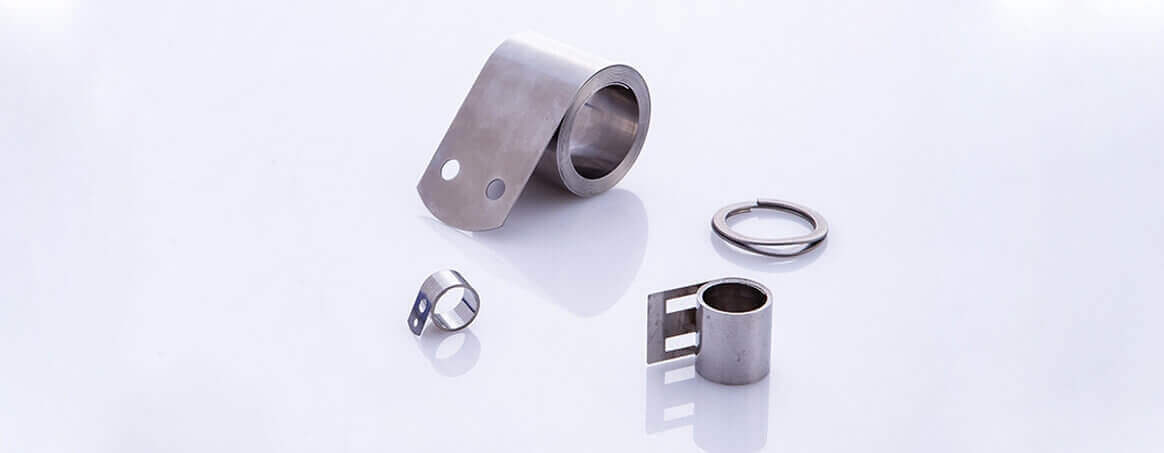Constant Force Springs

What is a constant force spring
Different from traditional helical springs made of wire, a constant force spring is made of elastic thin pre-tensioned stainless-steel strips wound into a flat coil. Classified as an extension spring, a constant spring is a spiral wound torsion spring that can exert a constant torque or produce a consistent force over a linear motion. When the flat strip of a constant force spring is extended, the inherent stress resists the loading force, similar to a regular extension spring, yet at a constant rate. A constant torque can be reached when the outer end of a spring is attached to another spool that is wound in the reverse or the same direction as its original wind. Once the full rated load of the spring is extended or deflected to a length equal to 1.25 times its diameter, a constant force is created and remain the same regardless of extension length. The load capacity is basically determined by the thickness and width of the material in combination with the coil diameter.
Applications of constant force springs
Constant force springs are excellent options for numerous applications that require a constant load. Given the largest demand from medical devices, constant force springs can be commonly found in a variety of products used on a daily basis including vacuum cleaner cord reels, seat belts, window counterbalance systems, retractable keychains, retractable dog leashes, venetian blinds, etc.
Manufacture of constant force springs
After determining the suitable machine tool used for the manufacture of constant force springs, other factors should be considered including the material, width and thickness of the strip, which are crucial whether a constant force spring can be made to meet specifications for the intended application. Other factors that must be determined once entering the manufacturing phase include:
1. Initial load force: the force that must be overcome in order to achieve a "constant" force
2. Inner and outer diameters: the diameters inside and outside the wound coil
3. End types: a constant force spring is usually attached to its application at the outer end which directly affects the extension and deflection movements of the spring



